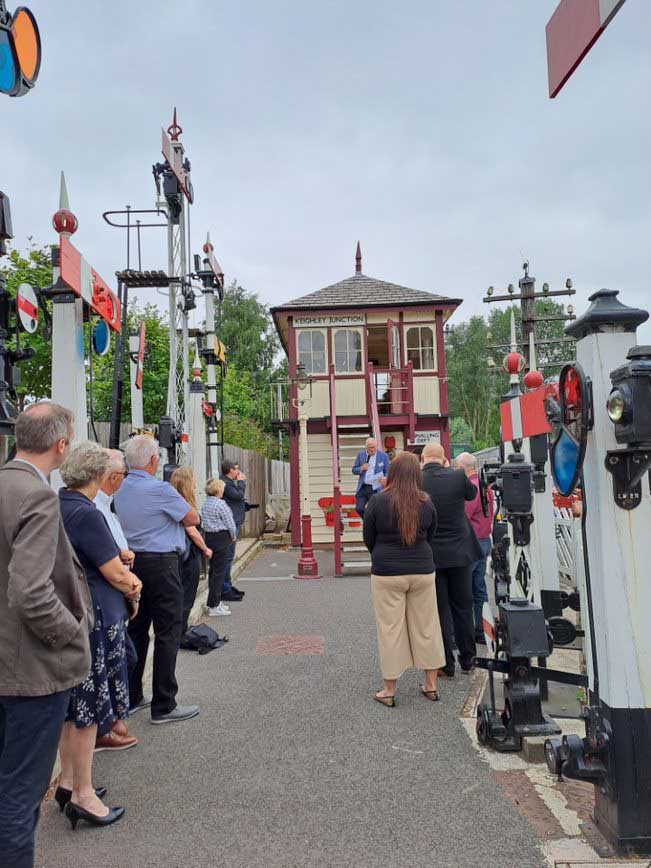Landscape Partnership Vision for Chat Moss
We have recently partnered with the Chat Moss Heritage Partnership to articulate and develop a long-term vision and strategy for Chat Moss, a degraded peatland located on the outskirts of Manchester. The vision includes assets and opportunities within the moss with a view to creating a regional heritage park.
- Client Hamilton Davies Trust
- Location Manchester
- Services
Challenge
Chat Moss has historically been used for intensive peat extraction and farming. Originally one of the most extensive lowland raised bogs in England, large areas have now been destroyed or degraded, leaving small, isolated areas protected as wildlife reserves. As such, the mosses are now a major carbon emitter. However, Chat Moss represents an important social, environmental, and heritage resource for Greater Manchester. As the largest green space outside the city centre, it has the potential to be a valuable green space for residents and act as a ‘green lung’ for the city. The many disparate assets and opportunities within the mosses are not well understood by the local residents. The area would benefit from the assets being joined up to form a cohesive programme of potential activities and destinations for a day out.
Solution
The long term vision to create a regional heritage park has been proposed by a partnership of local organisations. The proposed park would develop, link and provide opportunities for tourism, ecology, farming, health and wellbeing, employment and community pride. To do this, we have collected evidence of local and national policy and spatially mapped the assets and opportunities within the moss.
We also hosted a stakeholder engagement workshop for local people to share their views on the important heritage of this area. This information was fed into a draft vision for the mosslands which will be presented in a second workshop where we can consult on the stakeholders views of the vision and how it can be delivered.
The final output of the project will be a feasibility study, outlining a coherent vision which can be used by the partnership to concentrate their efforts on delivering short- and long-term projects and implementing strategic objectives in local policy.

Benefit
Our work will give the partnership a base on which to build a coherent identity for the area, which will shape the nature of community projects such as heritage and ecology trails, guided walks, oral and community history projects, and wetland restoration activities.
The mapping outputs we’ve created can also be used to integrate into future online mapping by the project, where users can create personalised heritage trails.

For more information on this project contact Emily Prtak.



